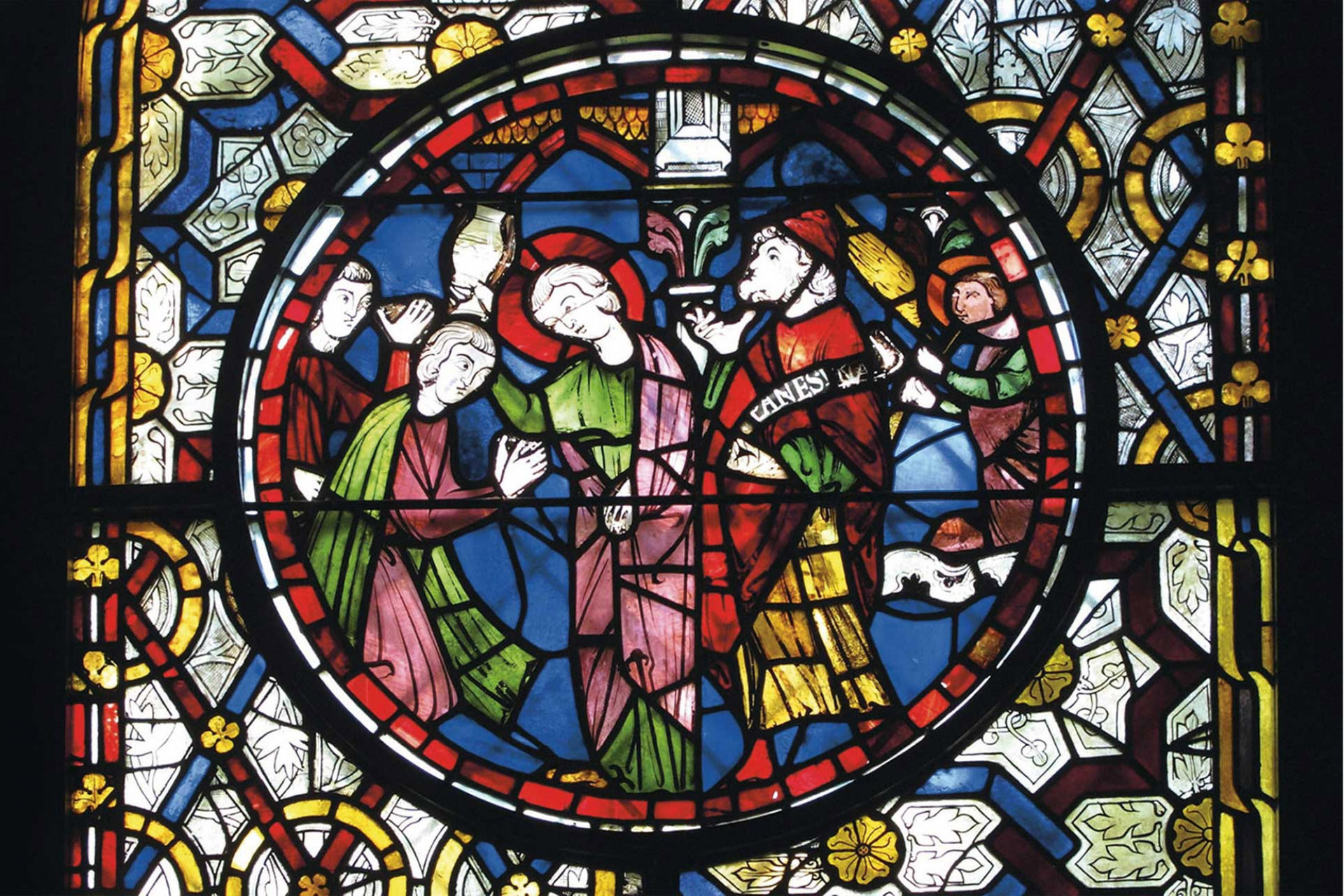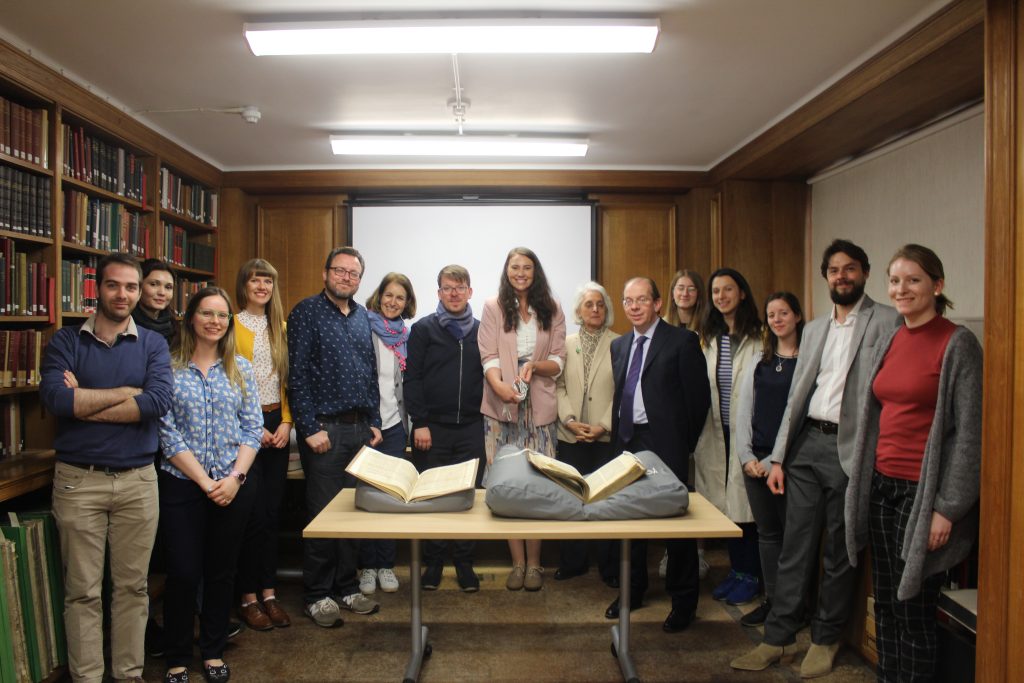Congratulations to our Centre Administration Manager, Claire Taylor, who has won a Graduate School Prize. Claire was awarded “The Postgraduate Administrator Prize” at the Kent … Read more
Month: May 2019
Material Witness: Maps, Manuscripts, and Medieval Graffiti
On 16th of May 2019 Canterbury Cathedral hosted the 6th session of this year’s Material Witness, the ‘interdisciplinary training programme for the interrogation of physical … Read more
Kent-Ghent Research Day
On Thursday, April 25th several dozen graduate students, postdoctoral scholars, and academic faculty gathered in a large hall in Ghent to discuss Cross-Channel Exchanges in … Read more



